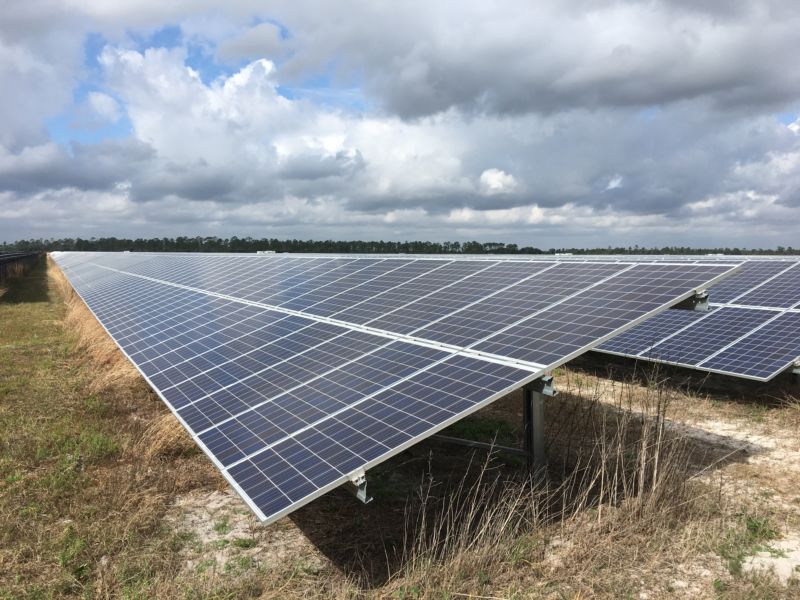Solar and wind keep getting cheaper as the field becomes smarter

Enlarge (credit: Dyllan Furness)
As solar and wind energy ramps up in the United States, the industries have gotten better at installing and operating their facilities. This experience can be seen in how the facilities are financed. According to new research, people working in the fields-and adjacent ones-have learned to be more efficient, reducing the overall cost of power. Further, according to Mark Bolinger, a research scientist at Lawrence Berkeley National Laboratory and one of the paper's authors, this so-called learning rate can be extrapolated into the future, and it spells good news for the two renewable sources of energy.
"The people who operate these turbines naturally get better over time as they do more of it. They get more efficient, and it allows them to lower their costs a bit," Bolinger told Ars, adding that the same holds true for the workers manufacturing the facilities. "Some of them have been doing it for a really long time... All things being equal, that should lead to a reduction in manufacturing costs."
There's a large amount of literature on learning rate and learning curve theory, he said. Moore's Law, which pertains to the power of silicon computer chips, says that the number of transistors per silicon chip doubles each year. Bolinger said that the learning rate in these renewable energy operations is similar to that. Learning rate is a measure of how much cost declines for each doubling of cumulative output, he said.
Read 10 remaining paragraphs | Comments